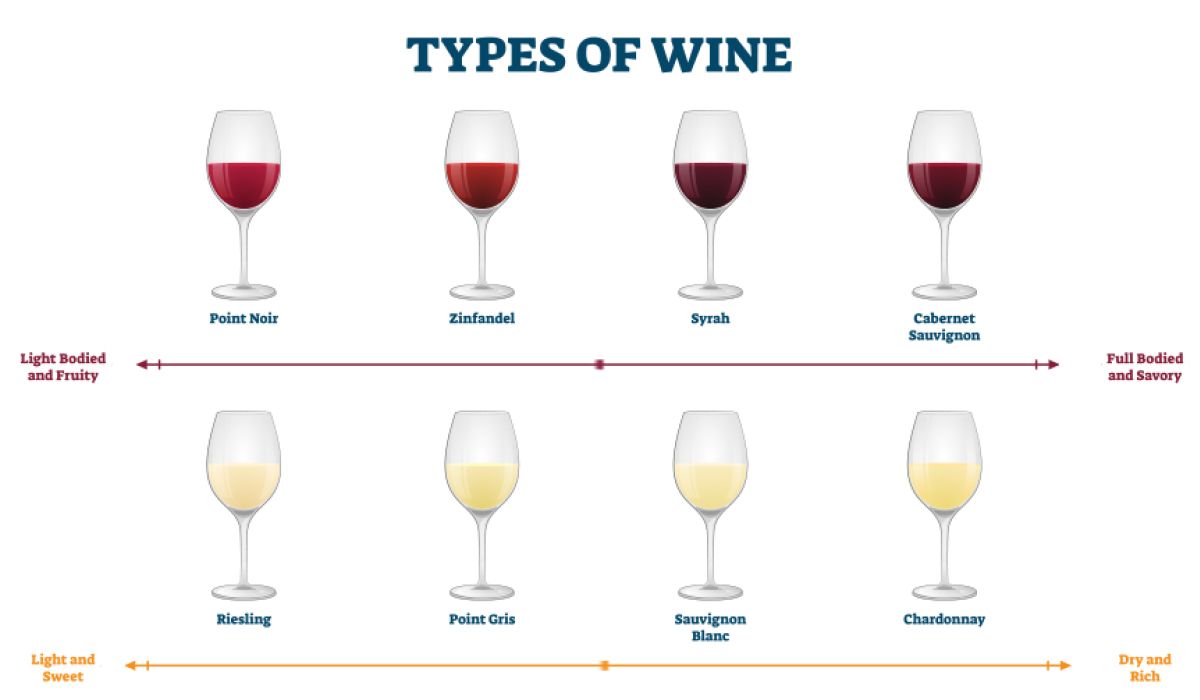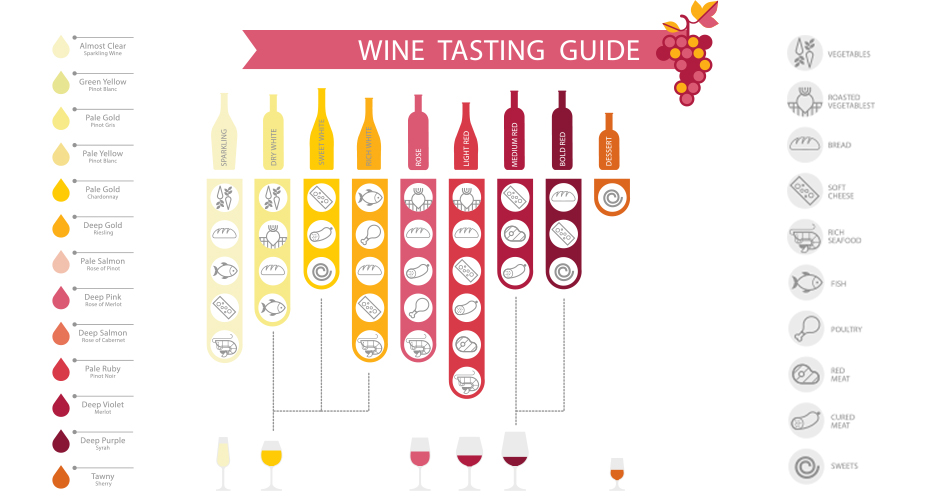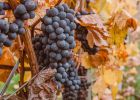
Wine 101: A Beginner's Guide to Understanding Wine
Wine is often regarded as one of life's greatest pleasures, and for good reason. It's a beverage that's been enjoyed for centuries, steeped in tradition and culture. Whether you're a complete novice or a casual wine drinker looking to deepen your appreciation, this beginner's guide to understanding wine will set you on the right path. At Crafted Travel, your gateway to Charleston's vibrant wine scene, we're excited to introduce you to the fascinating world of wine.
Types of Wine
Wine comes in a dazzling array of styles, each with its unique characteristics and flavors. Here are some of the most common types of wine:
- Red Wine: Made from dark-colored grape varieties, red wine is known for its rich, robust flavors. Varieties include Merlot, Cabernet Sauvignon, Pinot Noir, and more.
- White Wine: Produced from green or yellow grapes, white wines are often crisper and lighter. Chardonnay, Sauvignon Blanc, and Riesling are popular white wine varieties.
- Rosé Wine: Rosé wines are pink in color and have a range of flavors from dry to sweet. They're made from red grape varieties, with limited contact between the grape skins and juice.
- Sparkling Wine: Sparkling wines like Champagne and Prosecco are famous for their effervescence. They're perfect for celebrations and come in various sweetness levels. ?
- Dessert Wine: These sweet wines, like Port and Sherry, are often enjoyed as a dessert or with cheese. ?
- Orange Wine: For a unique twist, explore the world of orange wine, which is made from white grapes with extended skin contact, resulting in a vibrant hue and complex flavors. You can discover this intriguing style at Local Winery X, a beloved Charleston winery known for its exceptional orange wines. ?
Wine Regions
Wine is produced in countless regions around the world, each offering a unique terroir that influences the taste of the wine. Some well-known wine regions include:
- Napa Valley, California: Famous for its Cabernet Sauvignon and Chardonnay.
- Bordeaux, France: Known for its exceptional red blends.
- Tuscany, Italy: Home to Chianti and the Sangiovese grape. ??
- Mendoza, Argentina: Renowned for Malbec. ??
Charleston's wine scene is no less impressive, with local wineries crafting exquisite wines that capture the charm of the region. You can learn more about Charleston's wine offerings by exploring our Charleston Wine Tasting tours.
Wine Pairings
Pairing wine with food can elevate your dining experience. Here are some basic guidelines:
- Red wines often complement red meat and hearty dishes.
- White wines go well with poultry, seafood, and lighter fare.
- Sparkling wines are versatile and pair beautifully with appetizers and many dishes.
- Dessert wines are perfect with, well, desserts! ? Irvin~House Vineyards is famous for their sweet and delicious wine pairings.

Tasting and Appreciating Wine
When tasting wine, use your senses to appreciate its complexity:
- Sight: Examine the wine's color and clarity by holding it against a white background. Swirl the wine in the glass to observe its legs, which can indicate its alcohol content.
- Smell: Gently swirl the wine again and take in the aromas. Note any scents of fruit, flowers, spices, or oak.
- Taste: Take a sip and let it coat your palate. Pay attention to the wine's flavors, acidity, sweetness, and tannins. ?
- Finish: The finish is the lingering taste after swallowing. Is it short and crisp, or does it linger with complex flavors?
Body: When assessing a wine, it's essential to consider its body. The body refers to the wine's weight and texture on your palate. Wines can be classified into three main body types: light, medium, and full-bodied. Light-bodied wines, like Pinot Grigio, feel delicate and crisp in your mouth, while full-bodied wines, such as Cabernet Sauvignon, have a denser, more substantial presence. Medium-bodied wines, like Merlot, strike a balance between the two. The body of a wine is influenced by factors like grape variety, alcohol content, and winemaking techniques. A wine's body can significantly impact your overall wine experience, as it plays a crucial role in how it pairs with different foods and suits various occasions. So, pay attention to the body of the wine during your tastings to better appreciate its character and versatility.
Dry vs. Sweet
Another essential aspect of wine is its sweetness level. Wines can range from bone-dry to intensely sweet:
- Dry Wine: Dry wines have little to no residual sugar, making them taste less sweet. They often pair wonderfully with savory dishes, enhancing flavors without overwhelming the palate.
- Sweet Wine: Sweet wines have a higher sugar content, resulting in a pronounced sweetness. These wines are perfect for dessert pairings or as an aperitif. Ports, Sauternes, and late-harvest Rieslings are delightful examples of sweet wines.
Cheers to Your Wine Adventures
Wine is more than a beverage; it's a journey through history, culture, and geography. Understanding wine can be a lifelong pursuit, but with this beginner's guide, you're well-equipped to embark on your wine exploration. For an immersive experience into Charleston's wine scene, join us on our Charleston Wine Tasting tours, where you can savor the flavors and traditions that make wine so enchanting. Cheers to your wine adventures! ??











